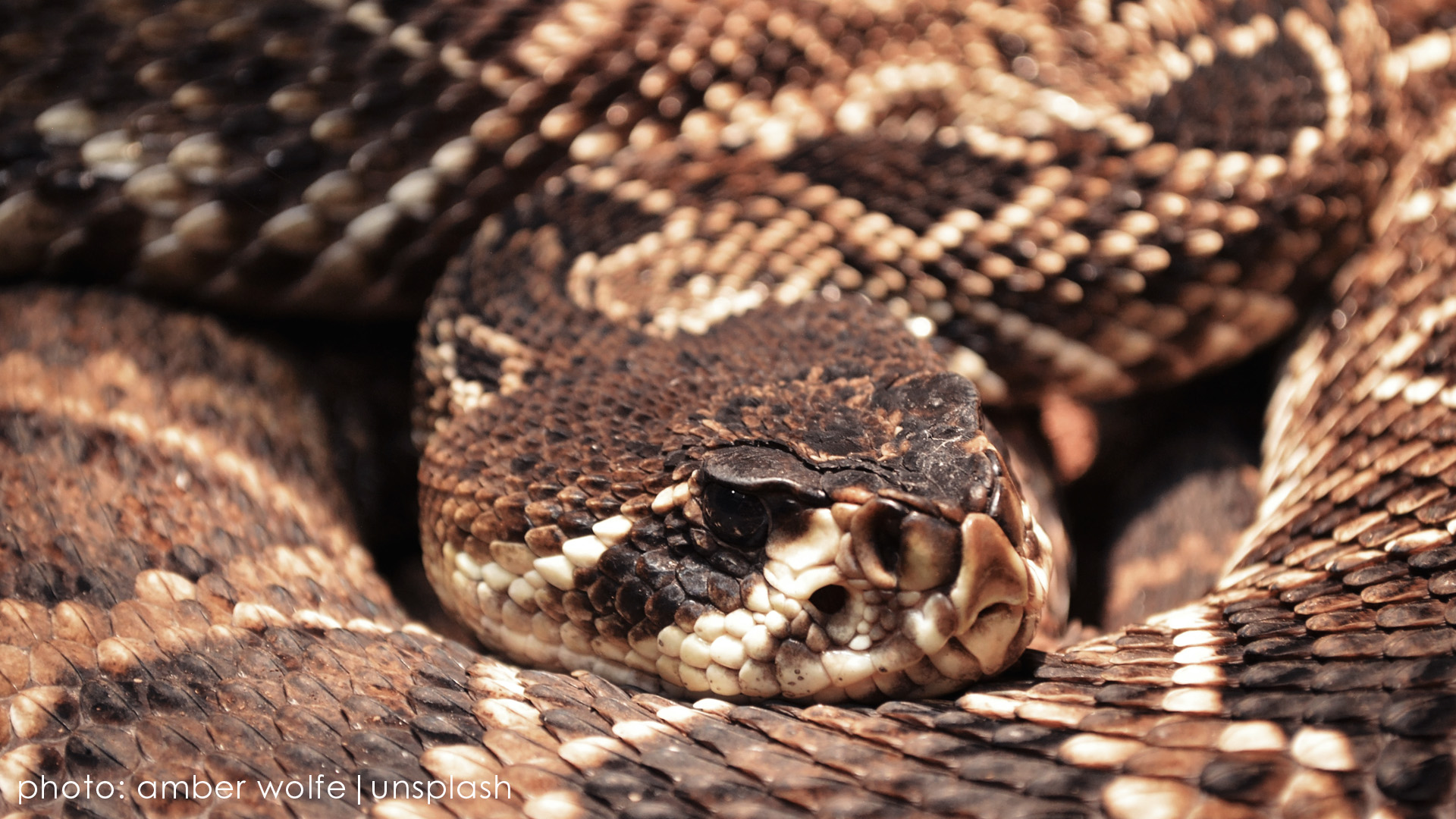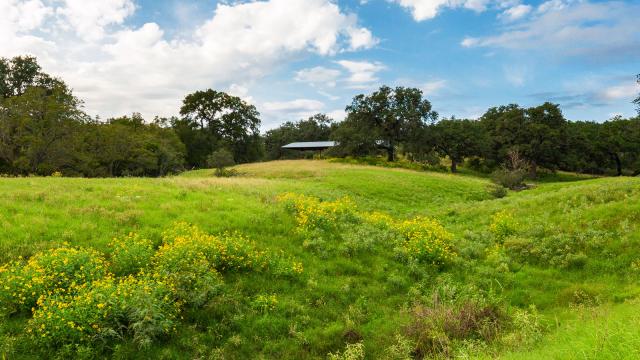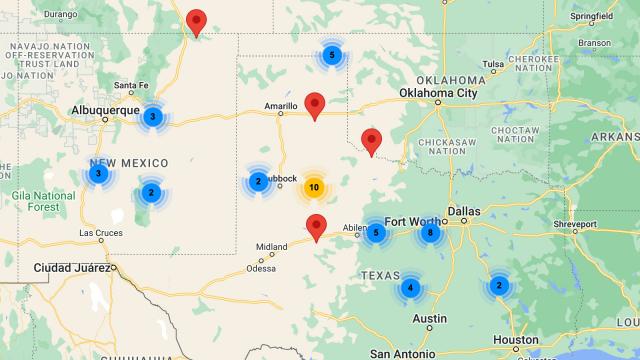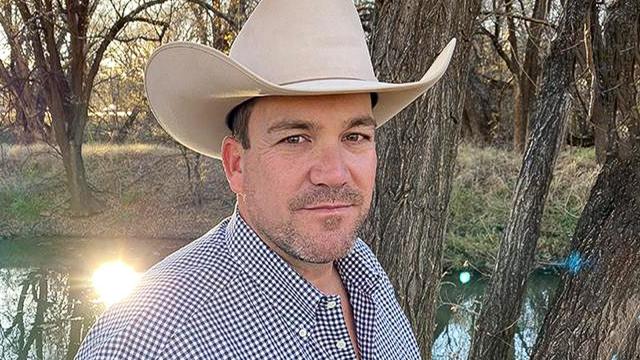by Charlie Middleton
Spring in this region of the United States is generally very welcome after months of cold weather. The grass and the trees begin to green up, wildflowers begin to sprout again, and all manner of reptiles become much more active after their winter brumation. Most of us, myself definitely included, are not fans of slithery reptiles. I’d rather never see a snake of any sort, but I would sure rather see one of them before I unintentionally get too close to it that I could be bitten. Fortunately, most snakes in the southwestern portion of the United States where I spend much of my time are not venomous and most just want to avoid us as much as we want to avoid them.
Snakes play an integral role in maintaining balance in the ecosystem. Being effective hunters and ambush predators, snakes use their highly developed senses of sight, taste, hearing, and touch to locate, recognize and track prey. In essence, snakes help to control the population of their prey. In most ecosystems, snakes can be both predator and prey. When a large prey population attracts and sustains a large snake population, those snakes can become prey for birds, mammals, wild or feral hogs, and even other snakes!
How can you avoid snakes and hopefully keep them away from portions of your farm or ranch that you frequent? One way is to keep grasses cut short and any landscaping well-manicured. Watch where you step and place your hands when outdoors or in barns or sheds. Do not reach into areas where snakes may be resting unless you can see it is safe. Always check and double-check. Wear long pants and boots when in areas known to have snakes. Remember, most snakes are harmless, however, you should avoid handling or playing with snakes unless you have been properly trained. If you see a snake stay away and chances are it will leave you alone. Be sure to keep pets away from snakes as curiosity has resulted in many bites to dogs and cats.

Places that snakes frequent around farms and ranches include equipment storage areas that are left unattended for long periods of time, livestock scales, boxcars, and rail cars used for storage, anywhere grains or hay are stored nearby, around rocky hillsides and areas with good grass cover. West-facing ledges and slopes should be regarded with special care. To help keep your farm or ranch as safe as possible remove rock piles, brush piles, debris, etc. Do your best to seal any low openings or spaces you have on your home or outbuildings. To minimize your risk keep the grass mowed or shredded anywhere people or pets tend to frequent, don’t leave piles of tin, metal, lumber, and other building materials laying around, and make sure feed and hay are either stored well away or are in snake/rodent proof storages. Don’t forget to maintain traps and baits for rodents around barns and homes.
Snakes are generally active at night during warm/hot weather and will seek shady places during the day. In cooler weather watch out during the day as snakes may still be active. In fact, some of the closest encounters I have had were in the winter. Here are some memorable close calls I have had with rattlesnakes over the years.
I encountered a rattlesnake one sunny afternoon outside of Logan, New Mexico on a 38°F day. The snake was coiled and laying on a rock in the sun where several gentlemen and I were standing looking over the Canadian River. I stood within two feet of it before I saw it. I never expected it and never even considered seeing a snake in that weather.
One summer day I was photographing a ranch near Gail, Texas. I had been taking pictures of a dirt tank when I crossed the dam on foot. The dam had tall green grass and several mesquites had grown up on it. I had to duck to go under a mesquite limb. About the time I went under the limb a rattlesnake buzzed at me and my phone fell out of my shirt pocket. I got away as fast as possible and left the phone there. Fortunately, I was wearing snake boots but, in that situation, they may not have prevented a bite, as the dam was fairly steep. My calves were protected but my knees and thighs were probably not.
I encountered another rattlesnake outside of Cimarron, New Mexico one winter day when there was snow on the ground. The day was warming, and I assume the reptile came out to warm up in the sun on the rock it was laying on, probably very close to where its den was located. There were several rock outcroppings around that I was photographing, and I assumed there were likely other snakes around as well so I left the area.
We had one prairie rattler get into our barn several years ago on our ranch outside of Dickens, Texas. This snake coiled up in a stack of folding chairs right next to a door that I had been in and out of several times that morning. It was about 45°F and we were about to go quail hunting. This snake was very cold and we moved it outside before we dispatched it. When it moved it was very mechanical appearing, I assume due to the cold weather.
Another snake that surprised me was again on the ranch near Dickens. It was a warm March day and I was closing a gate when I dropped the lock into the cattle guard. Immediately a snake buzzed under me then another right behind me. There were two in the cattle guard. I was wearing snake boots, so I wasn’t too worried, but it did definitely startle me. I have never crossed a cattle guard in a vehicle or on foot since that I did not think about that encounter.
I came across a homestead foundation and a cistern on a ranch south of Colorado City, Texas several years ago. That hole in the ground was full of snakes of every species and just thinking about it still gives me the creeps. To see the video of that cistern click here
If you encounter a snake here are some tips to consider:
- If you discover a snake, do not approach it closely.
- Do not pick up, poke, or provoke any snake that you come across, even if it appears to be dead.
- Observe the snake. If the snake is slithering on the ground, it will likely move away and not strike.
Things to consider if you are bitten by a snake:
- The most important advice if you are bitten by a snake is to remain calm. Do not panic or rush as this speeds up your metabolism and spreads the poison faster.
- Identify the snake if possible. If you do not know what snake it is try and memorize what it looks like.
- Don’t Rub Your Eyes
- Relax and phone for medical help
- Drink plenty of fluid
- Do Not restrict blood flow
- Do Not lay on your back
- Wash thoroughly and apply a sterile dressing to the wound
- Remove tight clothing and jewelry
- Keep bite lower than the heart
- Call 911 - Get to hospital and medical help
I have the coordinates of our barns saved on my phone in case I am ever bitten or someone with me is ever bitten on our ranch. I have also made signs to hang around our barns that have written on them very clearly What to say to a phone operator or a medical dispatcher if you are calling for help regarding an accident or a snake bite. This includes the coordinates of the ranch headquarters, the distance and directions from the nearest town, and the highway numbers and directions. Keep in mind that many people have never read coordinates before and may not know how to read them, so under the coordinates to our ranch I have written Read Coordinates As and then have the coordinates written out plainly so that anyone can read them to a dispatch if necessary.



